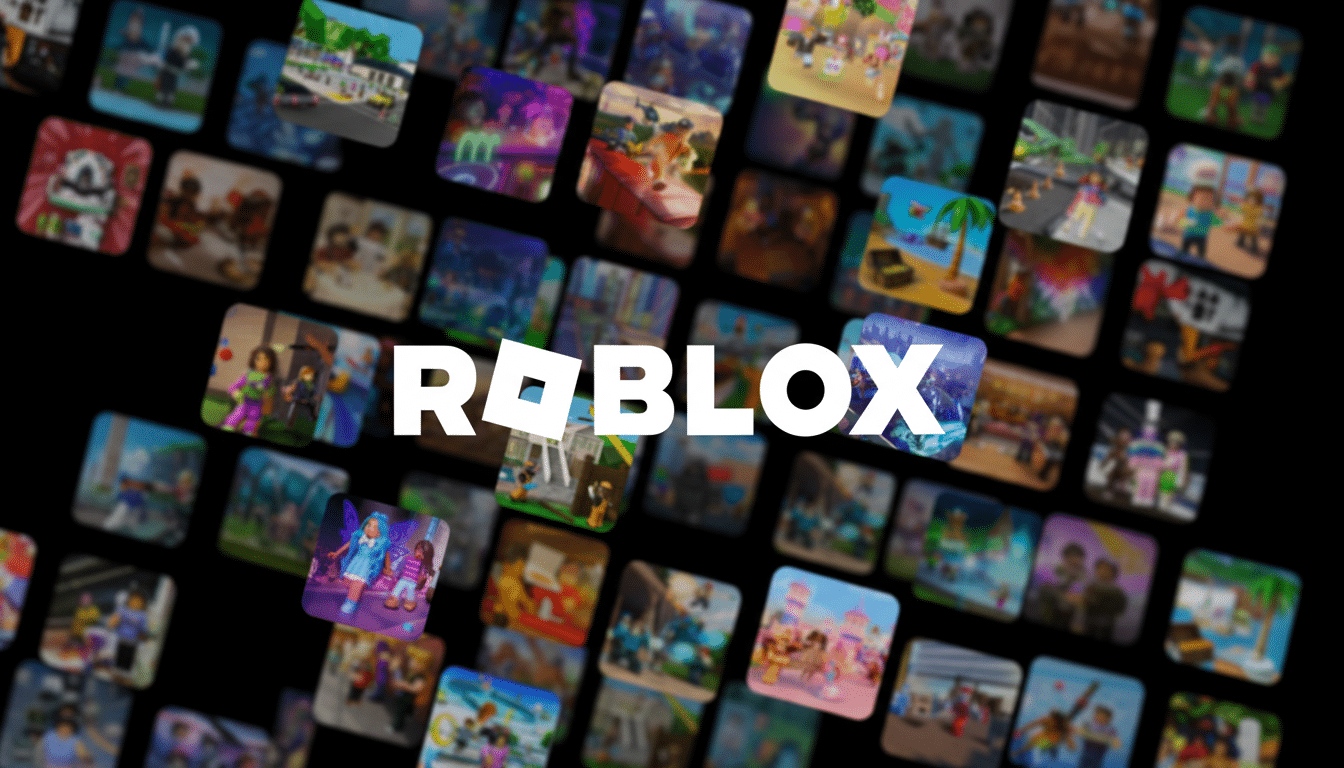Lawsuit Accuses Roblox of Harvesting Data on Children.
Texas targets “gaming giant” Roblox. Attorney General Ken Paxton of Texas is suing the gaming giant Roblox, accusing it of luring kids with free games and then exploiting their personal data and turning a profit at the expense of children. The complaint alleges that Roblox did not manage to stop grooming and abuse, using charged language that claims the company prioritized “pixel pedophiles” over effective protections.

The case turns the spotlight even brighter on one of the world’s largest social gaming ecosystems, where millions of children play, chat and transact business daily. It may also herald a broader legal strategy by state enforcers to experiment with how consumer protection laws can be extended into the moderation practices of user-generated platforms.
Paxton’s Claims and the Legal Path in the Texas Case
Paxton’s office alleges that Roblox misled parents about grooming and dangerous content on its platform, describing it as a “hunting ground” for predators.
The legal hooks in the full complaint will hinge on deceptive or unfair practice laws invoked by states to protect consumers — including seeking injunctive relief, safety audits and civil penalties — but past cases like this have worked broadly across state consumer protection statutes.
The suit joins a series of similar actions in Louisiana and Kentucky and other long-running cases in California, Texas, and Pennsylvania against Roblox and other platforms that cater to young people. And the approach reflects a national trend: Instead of squabbling over individual posts or games, state AGs couch safety failures as deceptive business practices — an avenue crafted to sidestep federal liability shields and get at what companies promise versus what families end up with.
Roblox’s Response and Existing Safeguards
Roblox said it is dismayed by the suit, and denied what it described as sensationalized allegations. The company insists it operates industry-leading protocols, citing multiple lines of defense: AI systems that flag grooming patterns, chat filters designed to block personal information and rules banning the sharing of images and videos in chat.
Over the past two years, Roblox has introduced age-estimation technology that works by analyzing a selfie image; standardized content maturity labels; expanded parental controls; teen-specific safeguards and tools to limit in-game communications. The company maintains that thousands of trained moderators and automated systems review activity 24 hours a day, punishing violations with suspensions, bans and tighter controls on content for younger users.
That scale challenge is bona fide: The site hosts millions of user-submitted experiences and, as of the end of the third quarter, reported 151.5 million daily active users, a population greater than that of many countries.

Even low rates of incidents can represent large absolute numbers to manage, review, and/or remediate — so the stakes are high for both technical and human moderation.
The Data Underpinning the Safety Debate on Roblox
Child-safety groups have cautioned about growing online threats in general corners of the mainstream Internet, not limited to games. The National Center for Missing and Exploited Children’s CyberTipline has received tens of millions of suspected child sexual exploitation reports each year in recent years, highlighting the magnitude of detection and triage challenges. Law enforcement, including the FBI’s Internet Crime Complaint Center, have noted increasing trends of minors and sextortion victims — both young and old — being enticed online.
Gaming environments pose distinct complexities. Real-time chat and voice capabilities, user-to-user trading and sprawling creator economies offer many surfaces to exploit and evade. Safety organizations like Thorn report that grooming behavior can begin in seemingly innocuous social conversations online, before moving into more private places on or off the platform. U.K. regulators, including Ofcom and the Online Safety Act, have been pushing platforms to reduce those risks with age-assurance and proactive content moderation.
Roblox has mostly aimed to attract children and young teenagers, although the company has said that it is seeing increasing engagement among teens and adults. That diverse user base requires a delicate balance: creating social features that are appealing while keeping younger users ring-fenced from inappropriate content and contact. The central question in the Texas case is whether Roblox’s real-world safeguards live up to the promises it makes to parents.
Regulatory Momentum and What to Look For
Governments are rapidly tightening expectations. Under the U.K.’s Online Safety Act, similar platforms would have to mitigate risks to children through risk assessments, age checks and transparency. In the U.S., however, techniques to determine age based on appearance have been implemented through age-assurance laws in states such as Mississippi, with moves being made to do so in places like Arizona, Wyoming, South Dakota and Virginia. These rules will encourage companies to check the ages of their users, build more parental dashboards and share clearer safety statistics — all while managing privacy trade-offs and accuracy concerns that come with using facial or document-based verification.
For Roblox, the Texas case could produce negotiated reforms: independent audits of trust-and-safety systems, stricter age gates on high-risk features, better transparency reporting and faster escalation paths to law enforcement. Discovery might also turn up internal data about how effective such grooming detection is, the extent of false positives, how many staffers are devoted to moderation and resource allocation — evidence that will inform public understanding beyond press releases.
Bottom line: what the Texas Roblox case could decide
The action in Texas, however, sends Roblox into another high-stakes test of just how far platforms need to go to protect children — and how comprehensively they need to explain those efforts to parents.
Whether the case ends in a courtroom or a settlement, its result would inform the next wave of age-verification lawmaking, product design for young people and AGs’ legal playbook for policing online safety at scale.

